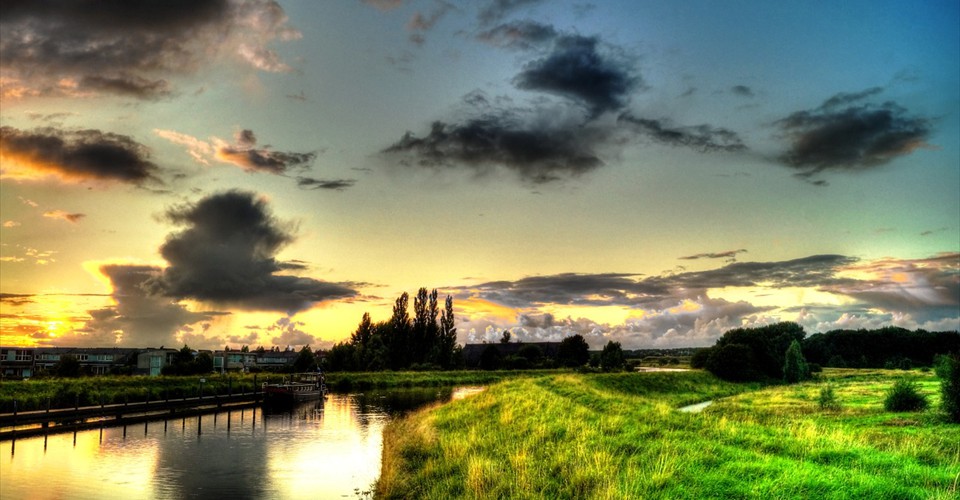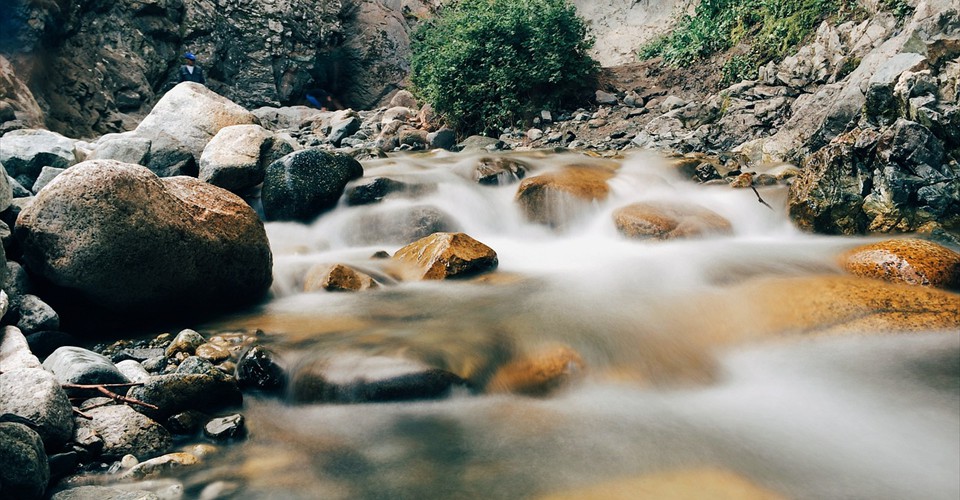Not all can be a playback singer because of the voice texture and the flexibility that can be mingle with screen artist, the hero/heroin but nobody knows what kind of voice texture may fit with screen artist. The selection of the playback is purely based on the physique and vocal quality that suit for the on screen artist.
As a career in playback singer following qualities/ attributes need to developed by the singer.
a. Versatilityb. Flexible tonality
c. Clear Pronunciation
d. Diction and clear dialect
e. Pitch Perfection
f. Knowledge of chords
g. Habit of shifting scale
h. Understanding Aesthetics
i. Realisation of literature
j. Understanding the scene and character
k. Nature of Assimilation
Looking into the India, there are lots of scope and opportunities that playback singing can be excellent career. Hindi Film Industry, widely know as Bollywood may be one of the best career option. In Hindi Tele-serials, OTT and commercials , playback singer are highly on demand but need to develop the above mention attributes.
The major challenges for Non-Hindi speaking candidate in Bollywood is diction, the clear dialect of Hindi- Urdu, so one should prepare and learn the proper pronunciation of words -- of Sa, Sha, Ba, Wo, nukta words drives from Urdu like Ja, Za, Pha, Ka Kha, Ga, and the phonetic of Sanskrit, Hindi and Urdu.
Like wise in some other film industry of different state i.e. Punjabi, Tamil, Telugu, Malayalam, Kannada, Marathi, Gujarati, Bhojpuri, Bangla, Oriya, Assamese, playback singing can be a most vibrant profession if your are in music field. But the consequences of playback singing is only possible if one can maintain the attributes mentioned above. Singing for the cinema/ OTT/ TV shows seem easier to those who do not deserve to be a playback singer and it is always a challenging profession for those who wish to rise-up. In regional industry one more challenges to a singer is the adaptation of local dialect and accent so those who are grown up in multi linguistic society can assimilate to the regional dialect and accent.
Emerging of new industries, online resources and freelance projects, opportunities are increasing day by day. Number of Films, TV serials, Show reels, OTT are flooded in industry so one has to prepare for the industry with enhancing the qualities and efforts to versatility that he/she can sustain in the industry. The most essential part in being the singer is potential learning and proper guidance of Guru so identifying a guru is also a challenging task in present time. The way of Reeyaz/ Swar Sadhana/ vocal practice is one of the fundamental thing that drives one to towards the playback singing. Correct vocal practice is always an essential part of music and it is only possible with guidance of experience Guru. The detail of reeyaz will be discussed in next chapter.
https://youtu.be/wLQjecxo69A?si=aS7PXfdVYW7AFIeq
@copyright reserved
Kumar Sargam















